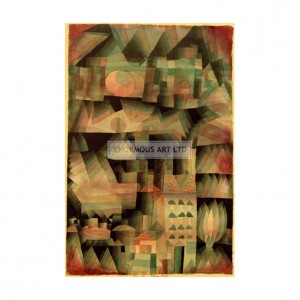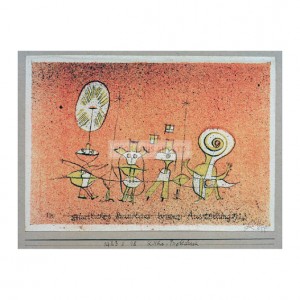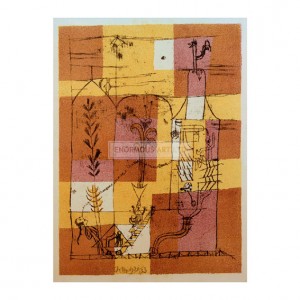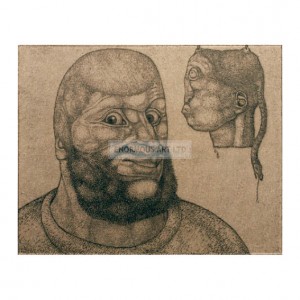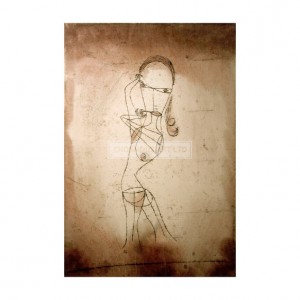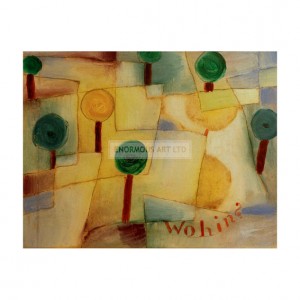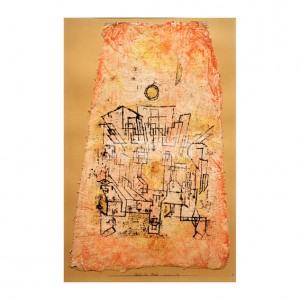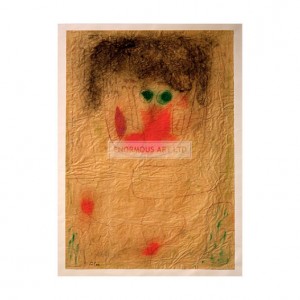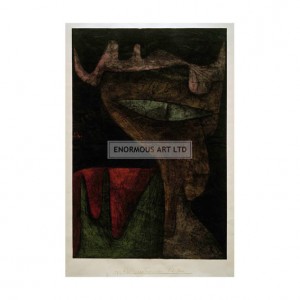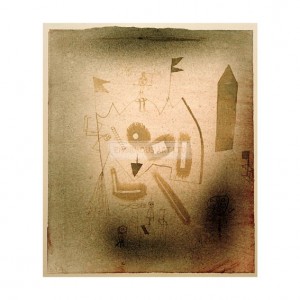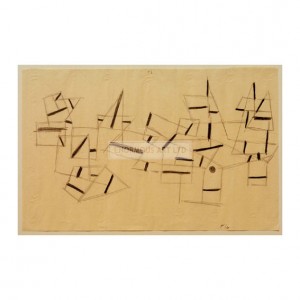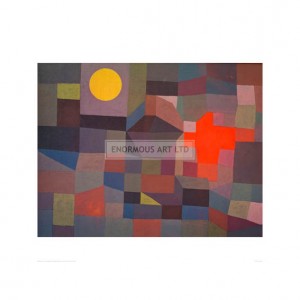Born at Munchenbuchsee, Near Berne, Switzerland, 1879, Klee was interested in the art of children which he believed could reveal some of the mysteries of creativity, though his work also has an adult sophistication to its humour. He travelled to Tunisia with Macke, and this inspired the sense of colour in his work. He served in the German army during WW1 and his tasks included painting camouflage onto aeroplane wings. An exhibition of over 300 of his works in 1919 brought Klee international fame, and he taught at the renowned Bauhaus school for 5 years, where he gained a reputation as a brilliant teacher and writer on art. In 1940 he contracted scleroderma, a rare debilitating disease, but despite this and bouts of depression, he remained productive to the end of his life. He was one of the most original and prolific of the modern masters, and his total output is estimated at around 8000 works. Died 1940.
Klee, Paul
Showing all 71 results




